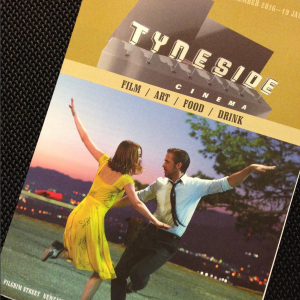
I went to see La La Land at the Tyneside cinema this week. And I loved it. It’s been a long time since I’ve seen a film that I felt so totally immersed in.
For just over two hours, although physically present in a comfortable cinema seat, my heart and mind were miles away, dancing in the hills above Los Angeles, watching a love story with all its stops and starts, triumphs and mis-steps unfold. It made me beam and sigh and smile and yes, I cried a bit.
Who is the star of your movie?
Think of your business as a movie. Who is the star? You, or what you do? What makes it different from all the other movies out there? Does it have a better story? A bigger name? More awards? More dinosaurs?
Or is it more like a quirky little art-house film that not every one will have heard about, but those who love it, love it fiercely.
Why marketing is like the movie business
 Like a movie, you have to get people to notice your business, to excite interest in what you do.
Like a movie, you have to get people to notice your business, to excite interest in what you do.
Do you invest in marketing, logos, posters, billboards, social media campaigns to create a buzz?
Do you connect with influencers, experts, bloggers to spread the word about what you do?
While big stars, like Emma Stone or Ryan Gosling may be well out of your budget, getting endorsements, recommendations and referrals from your customers can be a great way to bring in more.
Reviews and recommendations
What was the first thing I did, as I emerged from two hours in the Hollywood sunshine into the contrast of a chilly winter’s day in Newcastle? I told my friends via social media how much I loved the film.
Now I’m sure La La Land is doing very nicely at the Box Office without my little endorsement. It’s certainly gathering up awards at a grand pace.
But my post got a reaction. A bigger one than I expected actually.
Some of my friends were excited to see the film. Others had already been and were less impressed. My off-the-cuff comment started a conversation, and I know at least one person said they were going to see it because of my reaction to it.
Word of mouth. Recommendation. Being different. All things that can help your business dance its way to the walk of fame.
If you have a great business with a story to tell, and need someone to write or polish the script, then please get in touch.
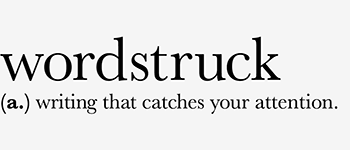

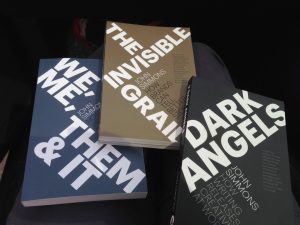 Guide
Guide As well as being the birthday of one of my musical heroes, David Bowie, this year 8 January also marked #MicroBizMattersDay. It’s a day where everyone’s encouraged to show appreciation for the small, independent businesses that drive the economy by taking to social media and sharing the love.
As well as being the birthday of one of my musical heroes, David Bowie, this year 8 January also marked #MicroBizMattersDay. It’s a day where everyone’s encouraged to show appreciation for the small, independent businesses that drive the economy by taking to social media and sharing the love.
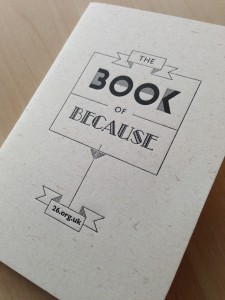
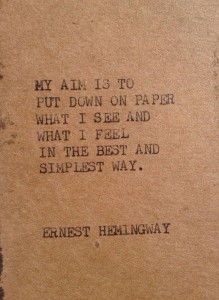


 eadability checker
eadability checker